There was a rare bit of good news for the economy to kick of another week of cold weather and disruptive strikes, with official statisticians reporting that there was a 0.5% rise in gross domestic product, the broadest measure of economic activity, in October.
That took monthly GDP back above its pre-pandemic level in February 2020, by 0.4%, confirming that whatever else you might say about the rollercoaster ride of the past 2-3 years, the pandemic recession was relatively short.
But, and there’s always a but in these things, much of the October rise was simply a reversal of September’s 0.6% drop in GDP, when there was an extra bank holiday for the Queen’s funeral, and when many activities were suspended during the period of national mourning.
Even the October bounce did not prevent a 0.3% drop in GDP in the latest three months.
The pandemic recession, it seems, has been followed by another one, albeit a milder version.
There was something else that was quite striking about the latest crop of figures, however, and that was the extraordinary strength of private housebuilding.
The Office for National Statistics (ONS) reported that construction output rose by 0.8% in October, reaching a new record level.
Given that there was less of an effect from the Queen’s funeral than for other parts of the economy, most of that rise looks to have been genuine.
Within that increase, there was a hefty 2.9% increase in private new housing.
It is a traditional criticism of the sector that not enough new houses are being built, but that was not true in October, or for that matter when it comes to the trend over the past 2-3 years.
October’s rise took the index for private new housing to 19% above its level a year ago, and near 8% above pre-pandemic levels.
These figures, which are adjusted for inflation, are very strong, and could almost be described as a boom.
There was also a hint of good news in the figures on inflation in the cost of materials, with the ONS noting that “anecdotal evidence continues the narrative around the increased prices for certain construction products, however annual price growth is starting to ease from the high level in mid-2022; despite the current high prices, the construction industry is maintaining growth, and new orders books remain strong”.
That takes us to the key question.
October seems like a long time ago, though it was in the wake of the September 23 Kwasi Kwarteng mini budget, which caused financial panic and sent mortgage rates soaring.
In the past few weeks, the air has been thick with news and warnings of a housing recession, with lower prices and falling activity.
What will that mean for housebuilding?
Housebuilders reporting trading updates in recent weeks have been recording a drop in site visits and reservations, though most have yet to announce a reduction in their targets.
Taylor Wimpey’s recent trading update signalled trading volumes this year similar to those in 2021, and that more sales outlets would be open by the end of the year, though the firm would be “selective” in land buying.
2023 looks likely to be a tough year for activity, probably tougher than for prices.
UK Finance, which represents the lenders, published its 2023 outlook on December 12.
It predicts an overall fall of 15% in mortgage lending next year, returning to pre-pandemic levels, a bigger 23% drop in mortgage lending for house purchase, implying fewer first-time buyers “due to cost-of-living pressures and rising interest rates placing pressure on affordability”.
Buy-to-let lending will fall by even more, 27%, it predicts.
A lot of mortgage activity will be in refinancing, with many fixed rate deals for borrowers set to come to an end next year.
UK Finance is also downbeat about property transactions in 2023, which it predicts will drop by 21%, from about 1.2 million this year to 1 million next year.
The outlook has become more challenging, as is typical for a topsy-turvy year which began with such high hopes.
A year ago, we had just had the first increase in official rates, from 0.1% to 0.25%.
This week we should see a rise from 3% to 3.5%.
The housing market has coped well so far, as have the housebuilders, as recent figures attest.
But tougher times lie ahead, and we hope that the industry will look through the downturn.





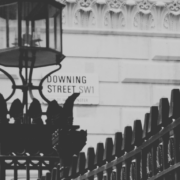
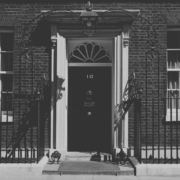



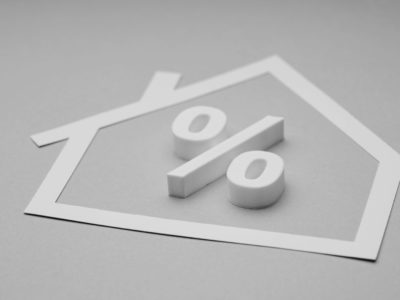


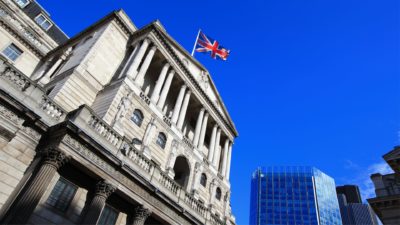


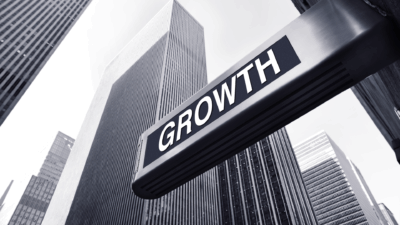




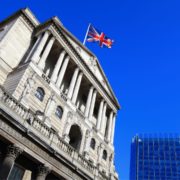





Comments